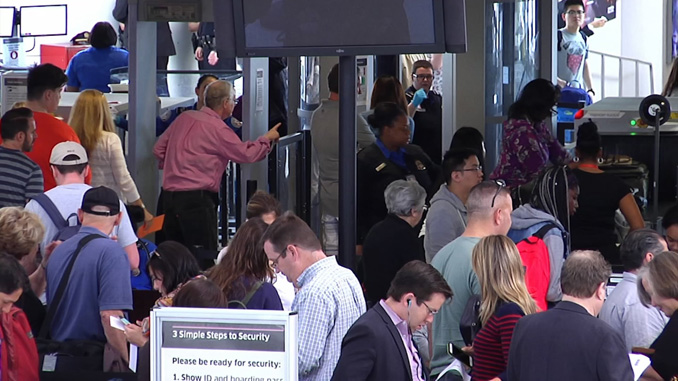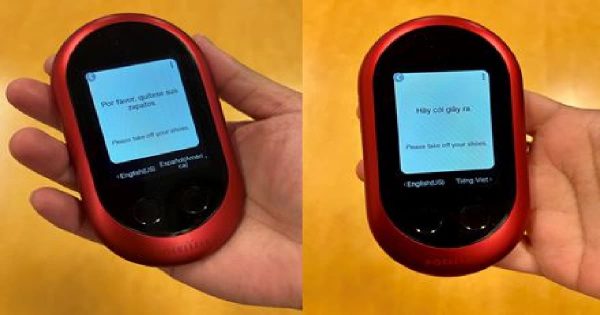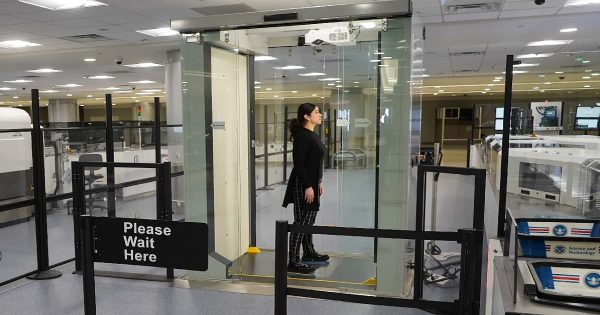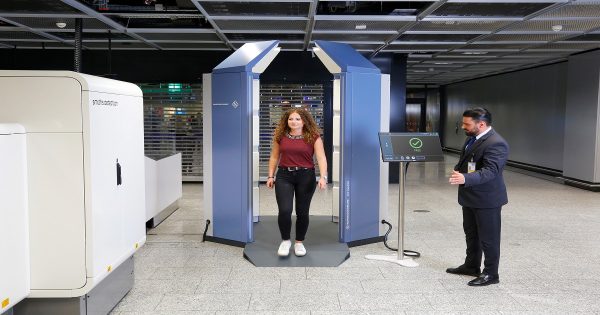The United States Transportation Security Administration (TSA) is to install new screening technology, including automated security screening lanes and computed tomography (CT) scanners at four major U.S. airports later in 2016.
The TSA is deploying the automated screening lanes in conjunction with American Airlines at Chicago (O’Hare), Dallas/Fort Worth, Los Angeles and Miami.
The test lanes will expand on TSA’s testing of two automated screening lanes at Atlanta Hartsfield International Airport implemented in partnership with Delta.
The automated lanes offers a number of features to improve the screening of passengers by automating many of the functions currently conducted manually, allowing passengers to move more swiftly through the checkpoint. These innovations include:
- Automated belts that draw bags into the X-ray machines, returning the bins back to queue after completion of the screening.
- Bags with a potential threat can be directed to a separate area to allow bins behind it to continue through the system uninterrupted.
- Property bins that are 25 percent larger than the bins in regular screening lanes.
- Unique Radio Frequency Identification (RFID) tags that are attached to each bin to allow for additional accountability of items as they transit throughout the system.
- Cameras that capture photos of the outside of the bag, which is linked to the X-ray image of the bag’s contents.
American Airlines and TSA also plan to deploy computed tomography (CT) technology at a Phoenix TSA screening checkpoint, as a pilot program set to begin by the end of 2016.
CT technology, currently only used at U.S. airports to screen checked bags, is expected to significantly improve the throughput when added to the screening process in Phoenix. 3D CT technology could make it possible to allow passengers to leave liquids, gels and aerosols, as well as laptops, in their carry-on bags at all times. This results in a quicker throughput and less bin use. If the pilot testing is successful, TSA may deploy CT technology to other checkpoints nationwide.
Peter V. Neffenger, TSA Administrator:
“Our foremost priority is the security of the traveling public. To ensure that we remain up-to-date in an evolving threat environment, TSA continues to test and deploy state-of-the-art technologies. This collaboration with American Airlines is an important step in enhancing the traveler experience while maintaining effective security.”
N.B. Image credit: youtube.com







